Frying patacones is an art that requires patience and precision. It’s not just about tossing some plantains into hot oil; it’s about understanding the process and perfecting each step.
From selecting the right plantains to achieving that golden-brown color, we’ll cover everything you need to know.
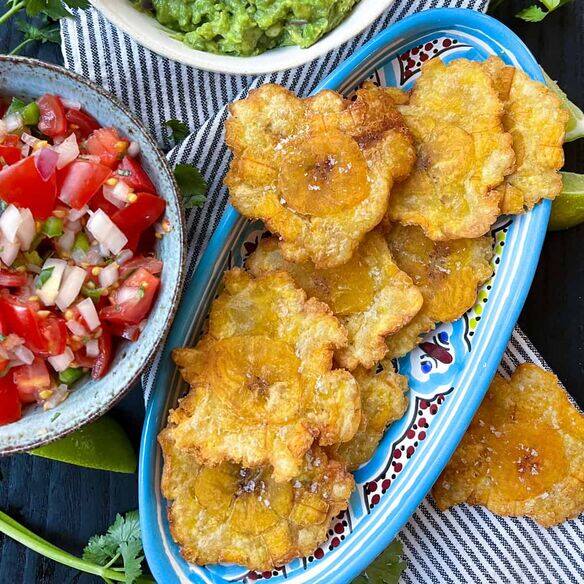
Whether you’re a seasoned cook or just starting out, this post will provide you with the expert Tips for Frying Patacones and in achieving that ideal crispness every time. Get ready to transform your patacones from good to great with our simple, easy-to-follow advice. Let’s dive in and make your next batch of patacones the best yet! So, grab your frying pan, and let’s get started on this delicious journey.
Choosing the Right Plantains
Selecting the perfect plantains is crucial to creating the foundation for your patacones. The ideal plantain should be at the peak of its starchy phase, which is indicated by a vibrant green color and a firm texture. These characteristics suggest that the plantain is full of the starch necessary to achieve that sought-after crispness when fried.
When you’re in the market, pick up the plantains and gauge their weight. They should feel substantial and dense, a sign that they are packed with the starch that will transform into the crispy texture you desire. The skin should be taut and glossy, without any signs of shriveling, which can indicate the onset of ripening that you want to avoid for patacones.
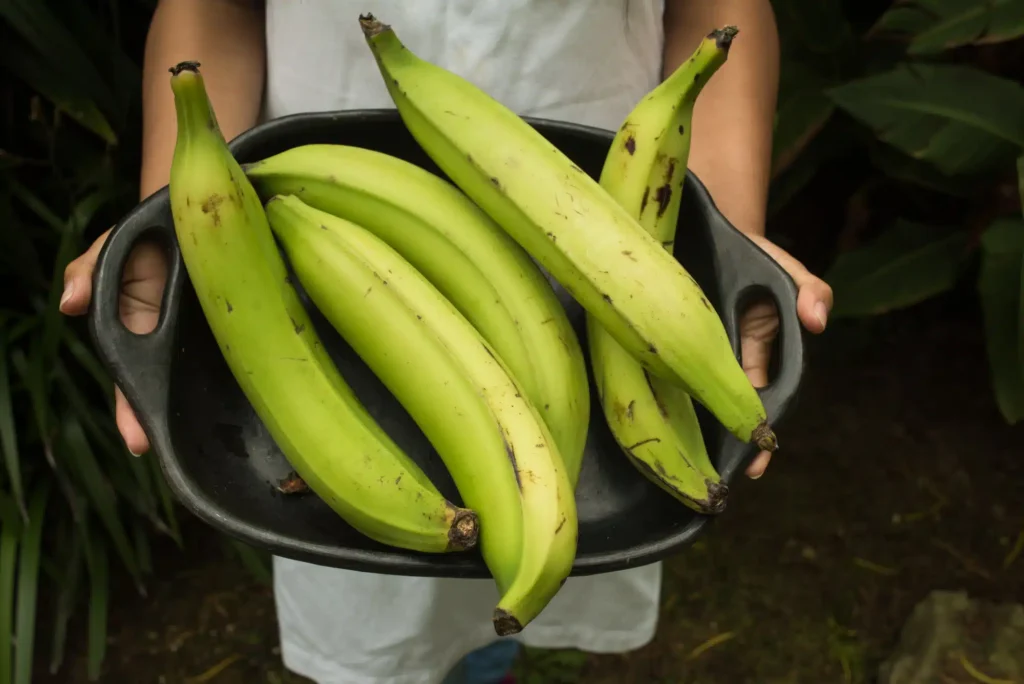
Be wary of plantains that have started to soften or display brown spots. While these are signs that the plantain is sweetening and softening—qualities desired in other dishes—they are not suitable for patacones. A softer, sweeter plantain will result in a final product that is more chewy than crispy, lacking the textural contrast that is the hallmark of a perfectly fried patron.
Preparing the Plantains
With the right plantains in hand, you’re set to begin the prep work that’s key to achieving patacones with the perfect crunch. The peeling process is your first test of quality; if you’ve selected the ideal plantains, the skin should peel off with ease. This is because the green, unripe skin hasn’t yet adhered to the softening flesh that occurs as the plantain ripens.
Once peeled, it’s time to slice the plantains. Cutting them into 1-inch thick rounds is optimal. This size ensures that each piece will have enough surface area to develop a golden exterior while maintaining a soft interior. It’s a delicate balance that allows for even frying and a satisfying bite.
As you slice, be consistent with the thickness to promote uniform cooking. Uneven pieces can lead to some slices burning while others remain undercooked. A sharp knife and a steady hand will serve you well here, ensuring that each slice is as perfect as the last. After slicing, it’s important to soak the plantain rounds in salted water. This step is not only for seasoning but also helps to remove some of the excess starch, which can prevent the patacones from becoming too dense.
Once the plantains have soaked for about 10 minutes, pat them dry thoroughly with a clean kitchen towel. Any moisture left on the plantains can cause the oil to splatter during frying, and it may also affect the crispness of the final product.
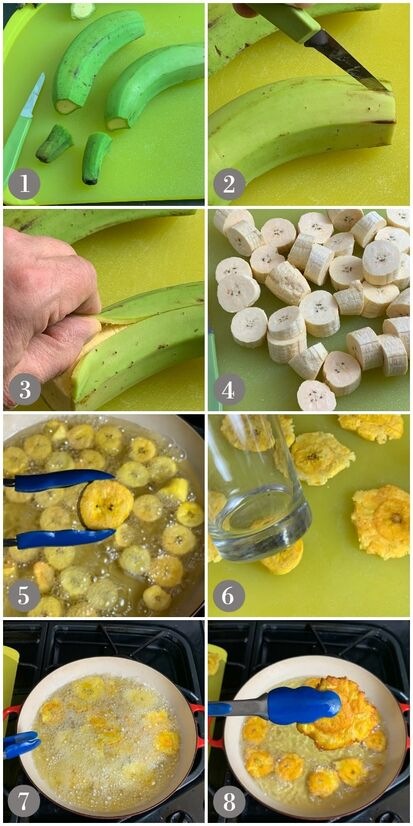
Now, your plantains are prepped and ready for the first fry. This stage is all about starting the cooking process and beginning to develop that signature crunch. Remember, the key to perfect patacones lies in the details of preparation, so take your time to ensure each step is done with care.
The First Fry
The initial fry is where the magic begins, setting the stage for the ultimate crispness of your patacones. Begin by heating your oil to a medium temperature—the sweet spot where it’s hot enough to make the plantains sizzle upon contact but not so hot that it smokes or burns them. Achieving this balance is crucial; too low, and the plantains will absorb excess oil, becoming greasy; too high, and they’ll char on the outside before cooking through.
As the oil reaches the desired temperature, it’s time to introduce the plantain slices to the pan. Do this gently to avoid splashing hot oil. Space them out evenly to ensure each piece has room to fry properly.
Crowding the pan can lead to a drop in oil temperature, which is a common pitfall that results in soggy patacones. Each slice should have its own little pocket of oil to bubble in, ensuring even cooking and the perfect texture.
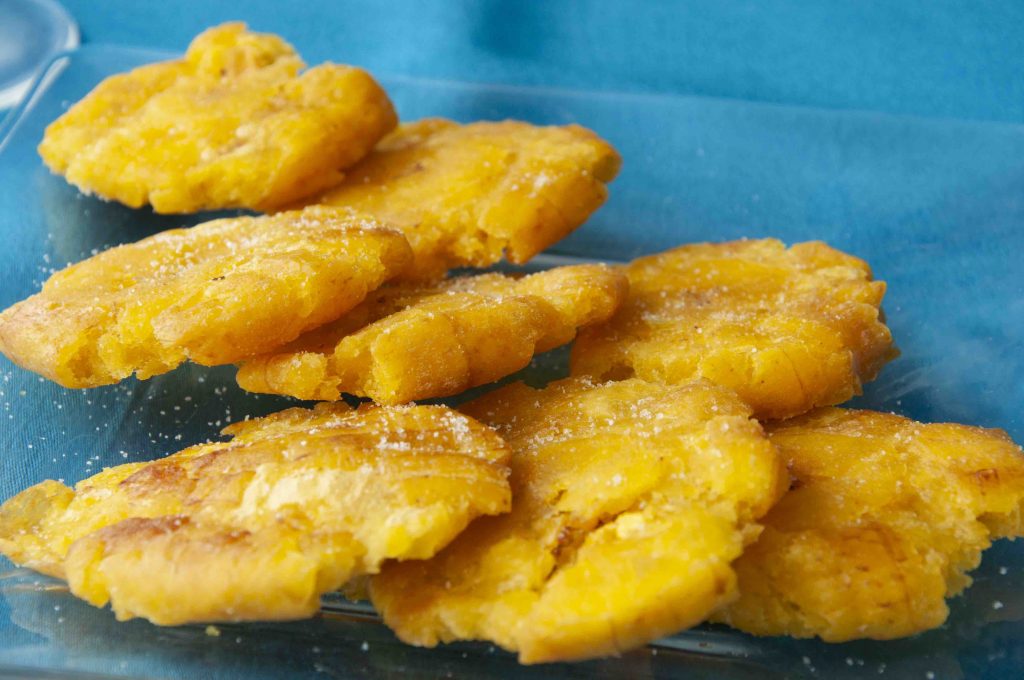
Monitor the slices as they fry, looking for a light golden color and a semi-firm texture. This first fry isn’t about achieving the final crunch; it’s about setting up the plantains for the second fry, where they’ll puff up and become irresistibly crispy. Once they reach this stage, remove them from the oil and let them drain. They’re now ready for the next transformative step: smashing into the classic paracone shape.
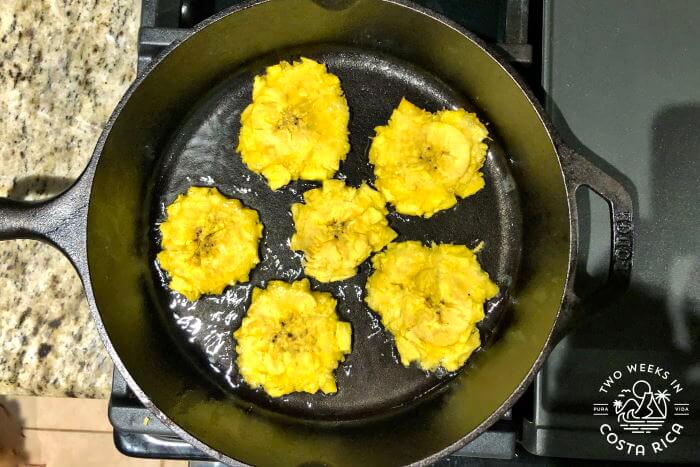
The Second Fry
The second fry is where the patacones truly come into their own. After the initial two minutes, or once you notice the edges turning a delectable golden brown, it’s time to flip the plantain slices. This ensures an even fry and that beautiful golden hue on both sides. The sizzle as they cook is your cue that things are progressing perfectly.
Keep a watchful eye on the clock and the color; after another two minutes, the other side should mirror the first in its crispy, golden-brown glory. This is the moment of truth when the plantains reveal their final, crunchy texture. It’s a transformation from simple sliced plantains to a culinary delight that’s both visually appealing and irresistibly tasty.
Once they’ve reached this optimal level of crispness, carefully remove the slices from the oil. Let them rest on a plate lined with paper towels, which will absorb any excess oil, ensuring that your patacones are not greasy but perfectly crisp. The paper towels also provide a moment for the patacones to cool slightly, which is essential for that satisfying crunch.
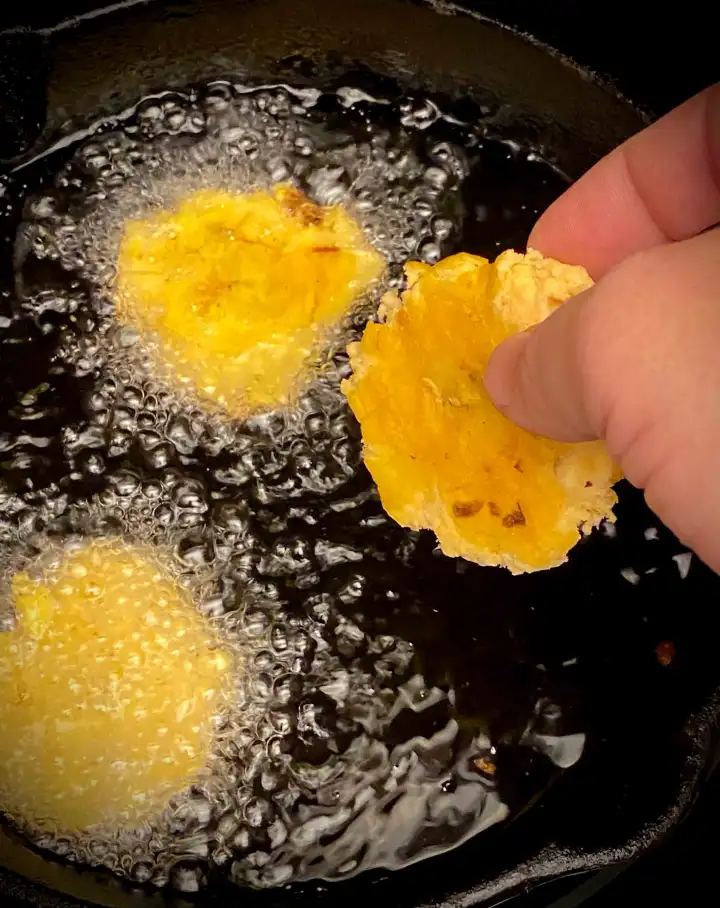
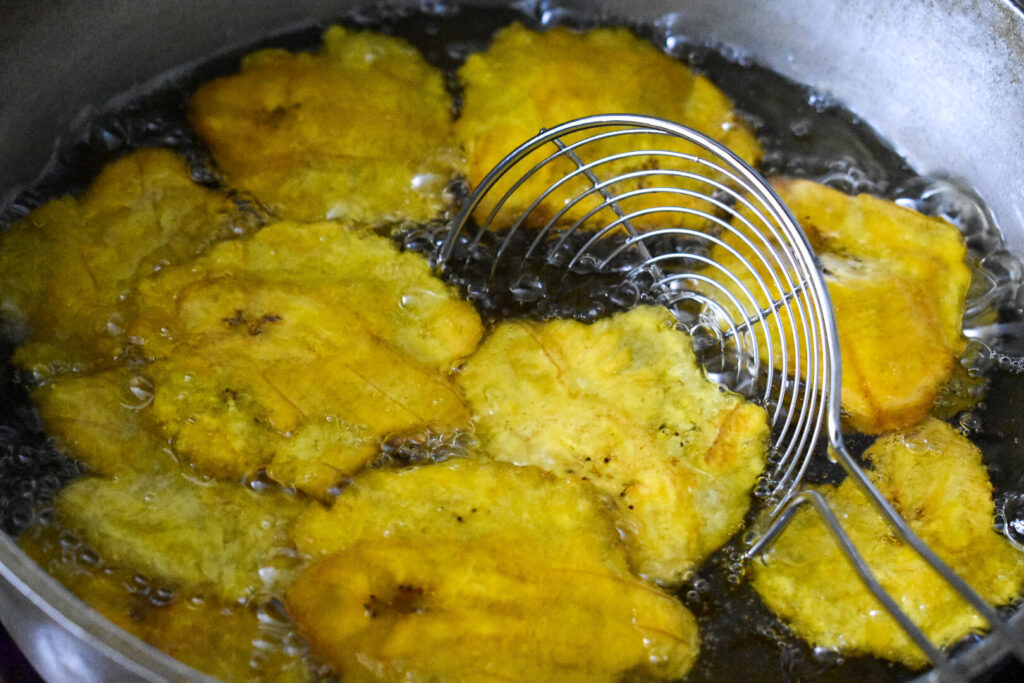
Now, your patacones are ready to be served. They can be enjoyed as is, sprinkled with a touch of salt, or accompanied by your favorite dipping sauce or topping. The double fry technique has rendered them perfectly crisp and ready to delight the palates of your guests or family. If you are interested in a more detailed steps in making this dish visit our ultimate guide to patacones.
Serving Suggestions
Patacones are a versatile dish that can be enjoyed in many ways. Here are some delicious serving suggestions to enhance your patacones experience:
- Dipping Sauces: Serve your patacones with a variety of dipping sauces such as guacamole, salsa rosada, ají criollo, or hot sauce.
- Seasonings: Sprinkle your patacones with salt, garlic powder, or hot pepper for an extra kick.
- Main Dishes: Patacones pair well with main dishes like fried fish, creole sauce, or braised beef.
- Snack: Enjoy them as a snack on their own, straight from the pan.
- Loaded Nachos: For a hearty meal, pile your patacones with shredded beef and cheese to make loaded nachos.
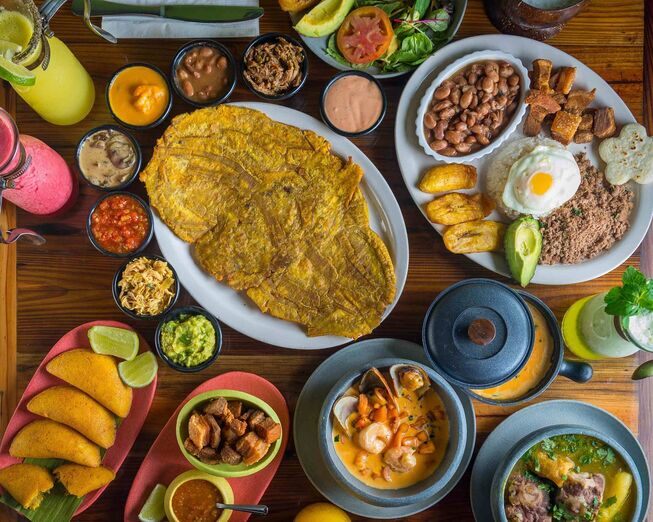
Final Analysis
In the journey of making patacones, we’ve traversed from selecting the ideal plantains to the final, satisfying crunch of the double-fried delicacy. Each step, from peeling to the second fry, is a testament to the art of cooking with care and precision.
The result is a dish that’s not just a treat for the taste buds but also a celebration of texture and technique. Patacones, with their golden exterior and tender interior, are more than just a side dish; they’re a versatile canvas for a variety of flavors.
Whether served with a sprinkle of sea salt, a dollop of creamy guacamole, or a hearty helping of hogao sauce, they’re sure to be a hit at any table. As we conclude this guide, remember that the secret to the perfect patacones lies in the details—the selection of the plantains, the thickness of the slices, the temperature of the oil, and the timing of the fry. Master these, and you’ll have patacones that are not only a joy to make but also a delight to savor.
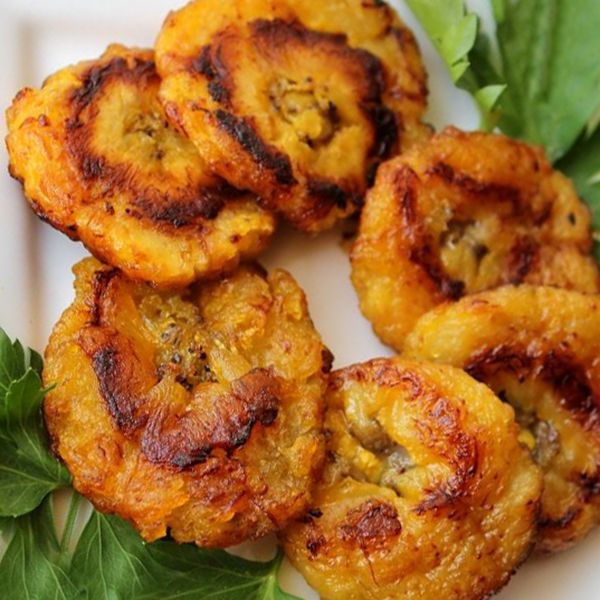
Disclosure: Our blog contains affiliate links to products. We may receive a commission for purchases made through these links. However, this does not impact our reviews and comparisons. We try our best to keep things fair and balanced, in order to help you make the best choice for you.
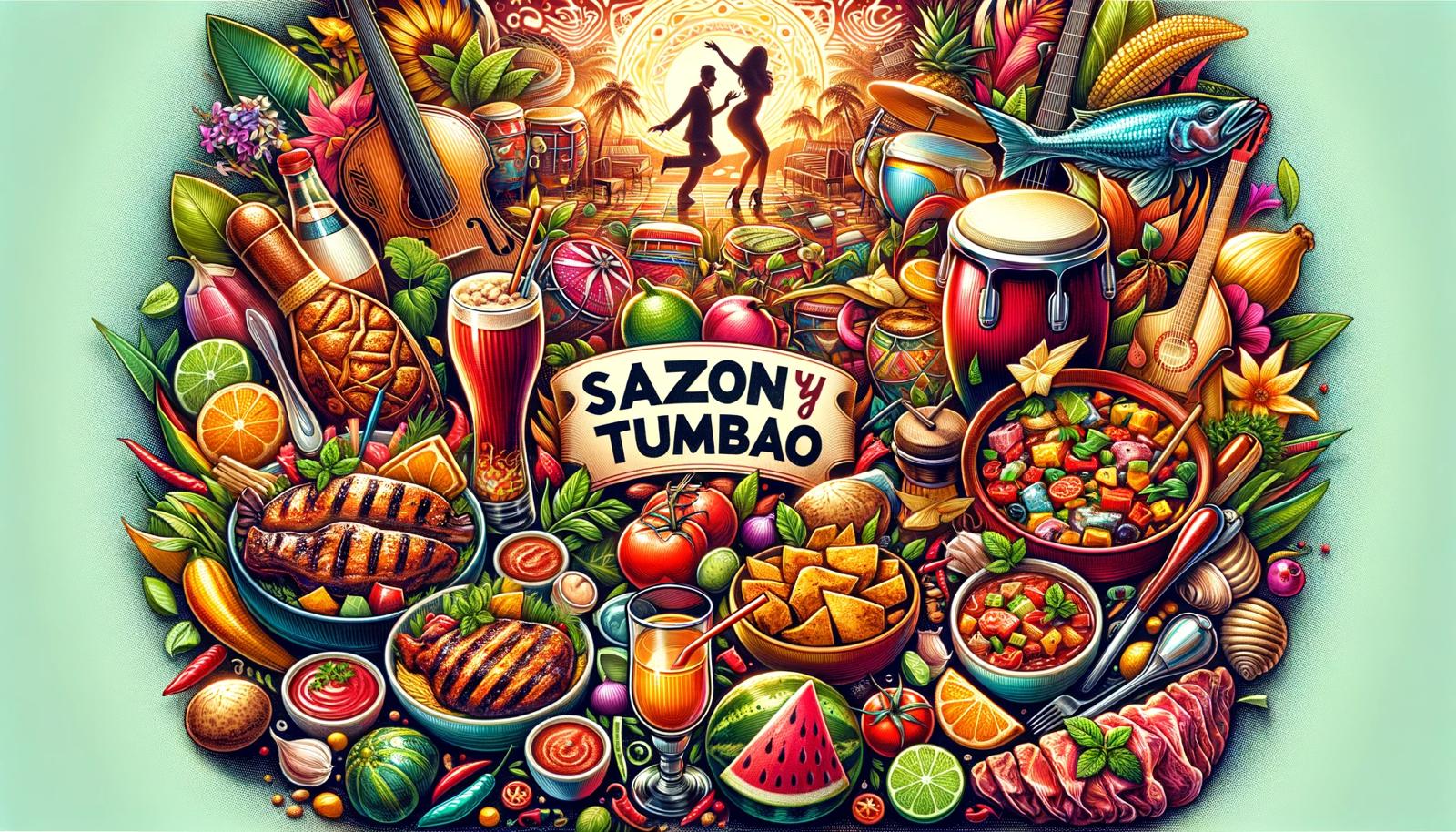
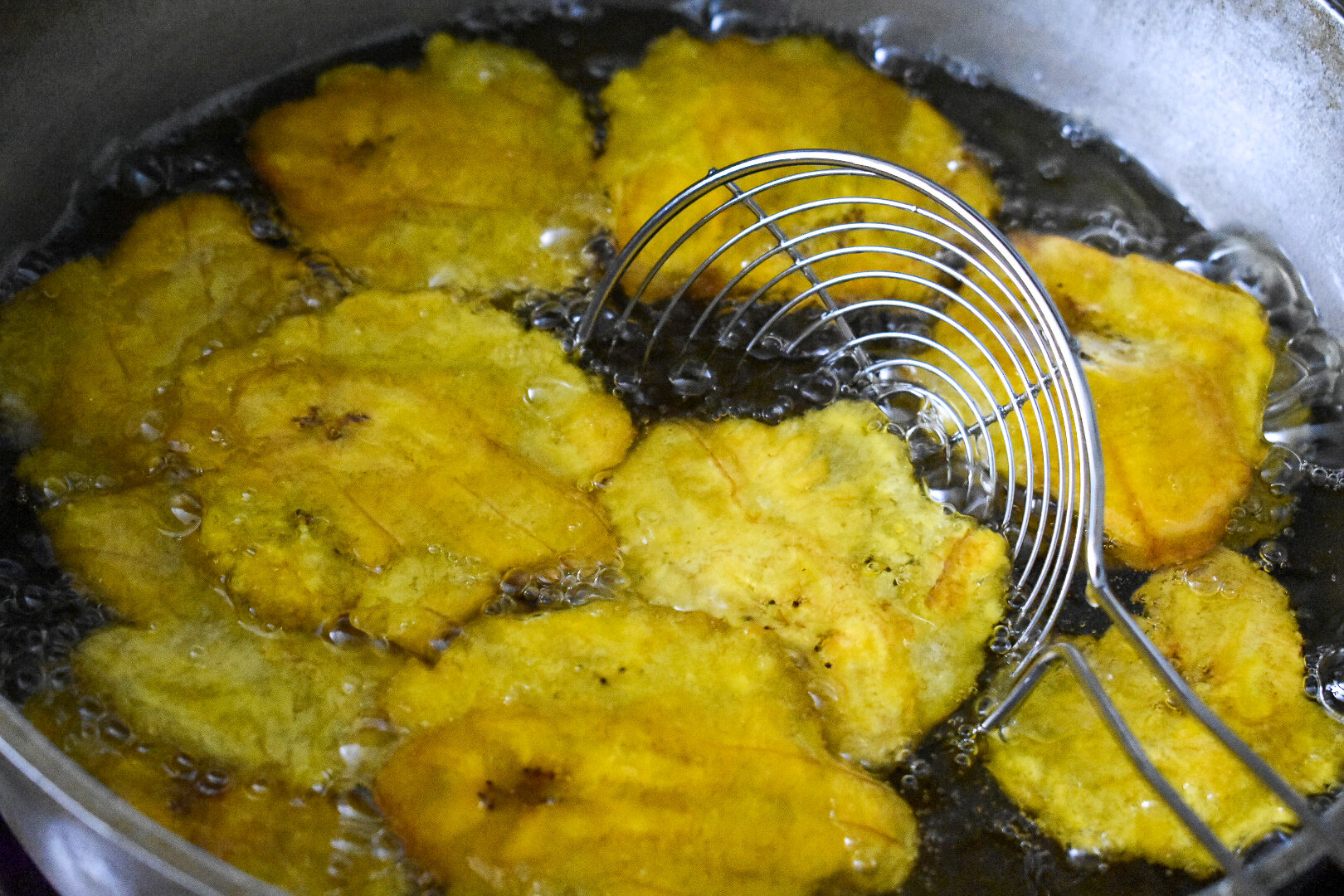
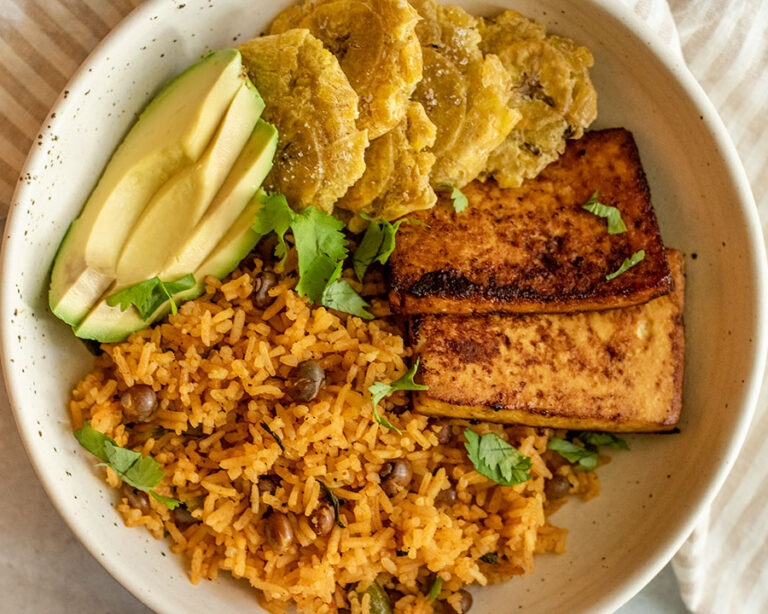
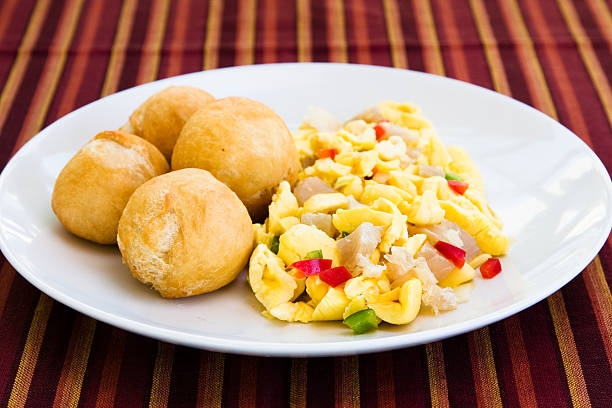
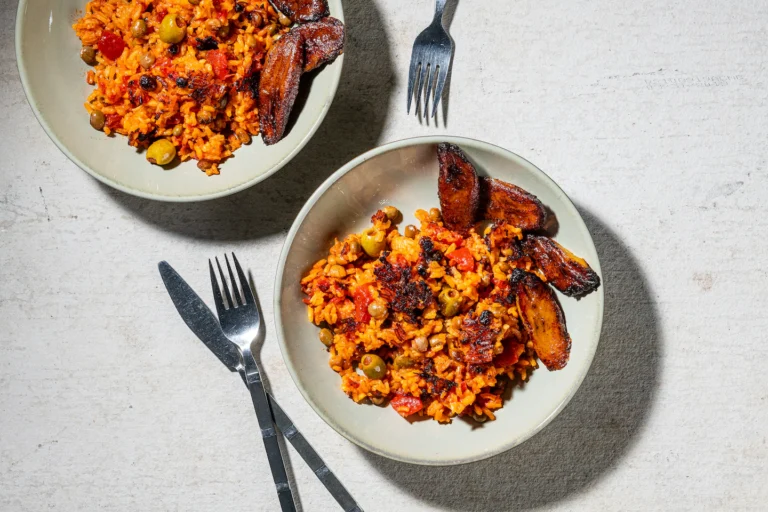
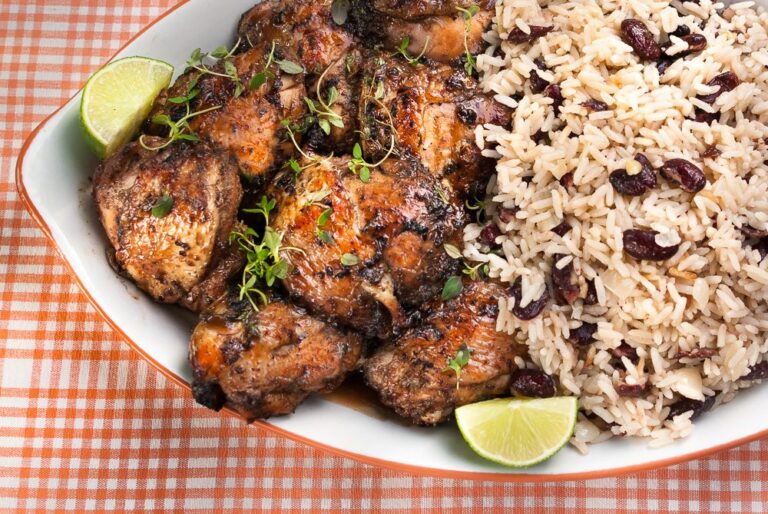
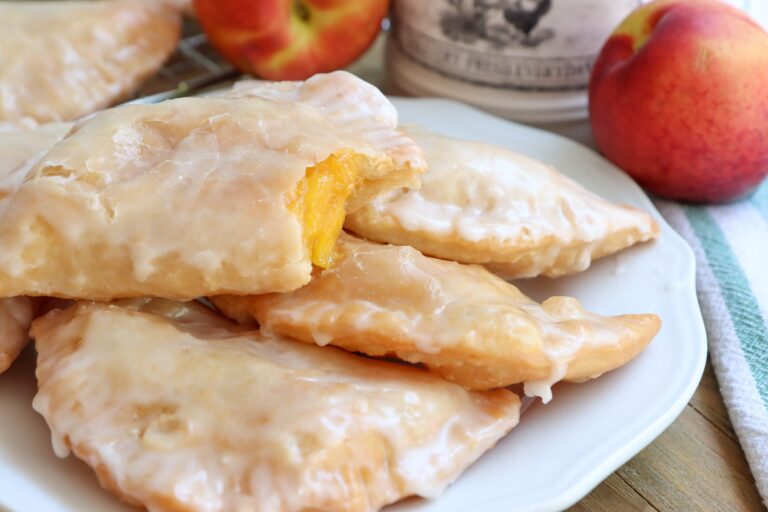

3 Comments